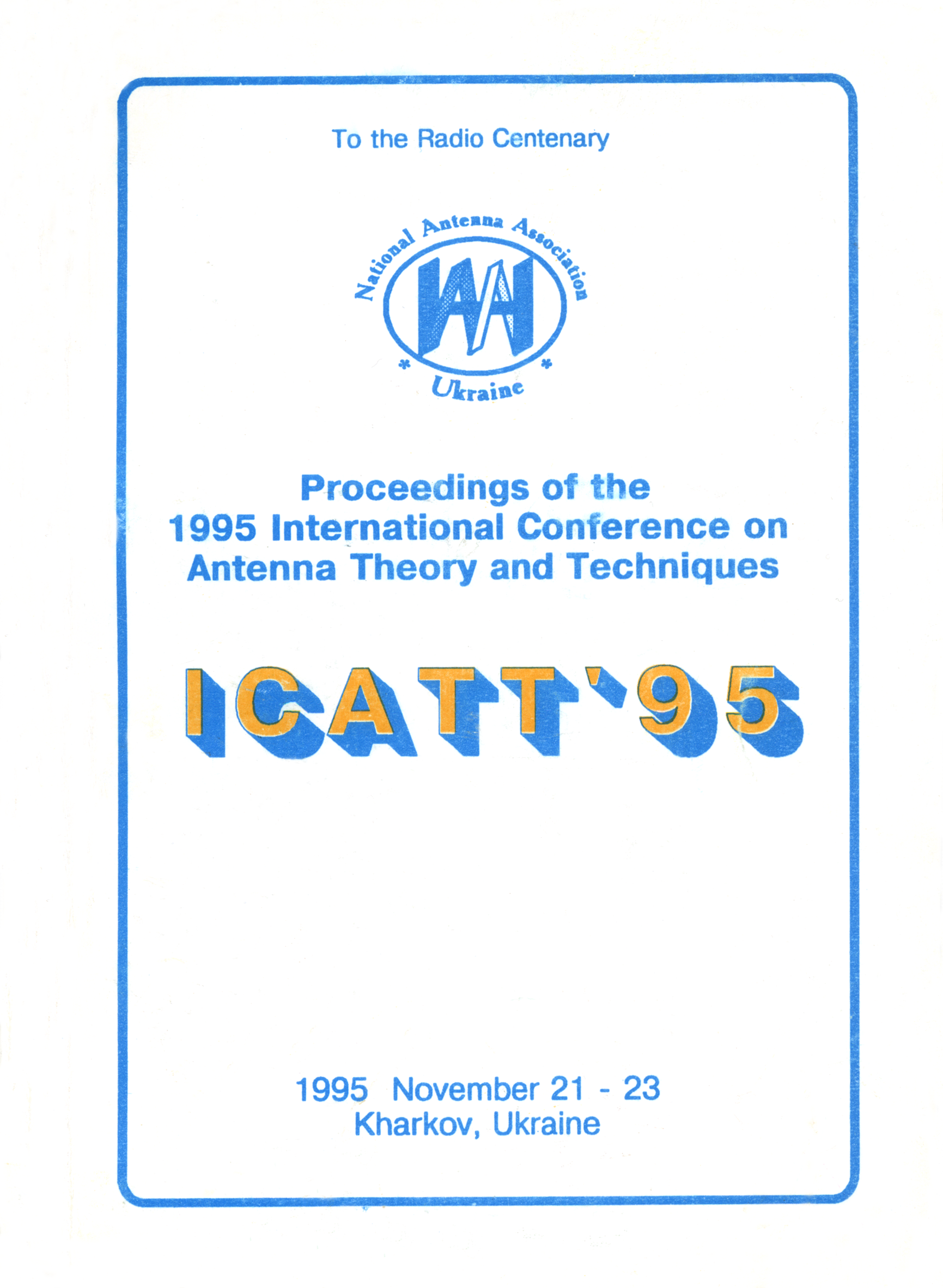Optimized antenna device for sounding the atmospheric boundary layer by a radar acoustic system
DOI:
https://doi.org/10.1109/ICATT.1995.1234194Abstract
Essential difference of the scattering properties of traditional radar targets such as airplane, ship, earth or sea surface, from the properties of an acoustic pulse, which is the target for a Doppler radar of a Radio Acoustic Sensing System (RASS), calls for using non-traditional antenna designs in RASS. One of such factors is the mirror-like character of electromagnetic wave scattering when it is incident on the wave fronts of acoustic oscillations. Another is the partial focusing of electromagnetic waves by these fronts when they have spherical form. As a result of the latter effect, a focused spot of electromagnetic energy with dimensions depending on the effective size of radio and acoustic transmitting antennas, occurs on the ground surface. Thus, usual methods of the object autotracking are inapplicable in radar acoustic sounding of atmosphere.
In this paper, a review and analysis of RASS antenna devices for the atmospheric temperature and wind sounding by the angle-wise and vertical techniques are presented. A common defect in applying in RASS the discussed devices is the inability of the main meteorological values measuring in the whole boundary layer of 1 to 2 km height, depending on the season and the type of ground surface. For solving this problem, the other methods can be used, such as passive radar sensing of the focused electromagnetic energy spot or the development of the multi-element antenna (a receiving antenna field). A number of schemes for the design of the field cells are investigated in detail. The topology and procedure of the field step choosing are proposed, and the dimensions of antenna field are estimated. The height of sounding, the errors, and the resolution of measuring are evaluated when varying antenna parameters. It is shown that the ratio of the field step to the radius of the focused energy spot influences strongly on these values. The antenna device for the temperature and wind sounding system is optimized by the minimum error criterion. The possibility of the mean square errors of the wind velocity and direction to be less than 0.2 m/s and 3°, respectively, is investigated.
